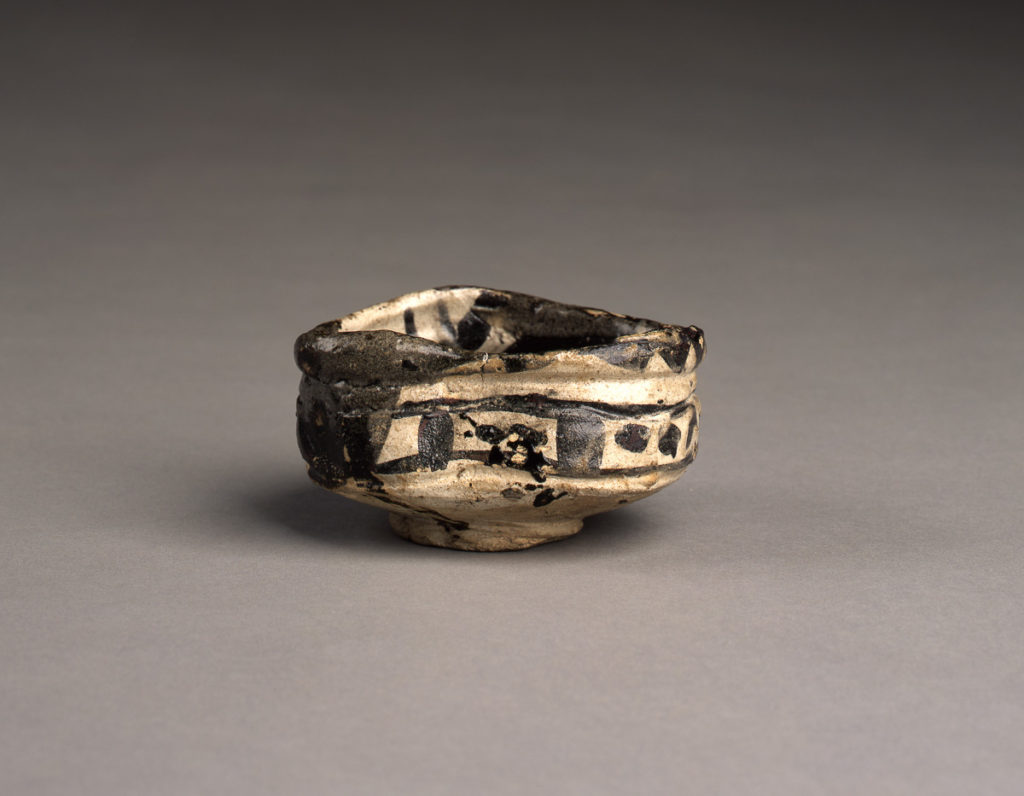Gallery VOICE introduces some of the unique Japanese ceramic ware that is the fruit of the legendary Momoyama kiln in Toki City Gifu prefecture.
The Motoyashiki kiln site is composed of four kilns. One of them is Renboshiki Noborigama (linked multi-chamber climbing kiln) and the others are Oh-gama (single-chamber kiln). Most importantly, the Renboshiki Noborigama is the oldest of the kilns in the Mino region and famous as the birthplace of Oribe ware. The original kiln structure is well preserved. Because of its importance in the development of Japanese ceramics, it was designated a National Historical Monument in 1967. Here, your experience of walking around the Motoyashiki kiln site will allow you to deepen your understanding of Oribe ware and the other wares fired in Oh-gama (Setoguro, Kiseto, Shino) as you enjoy yourself in Oribenosato Park.
Mino-Momoyama Ware
During the Momoyama period (sixteenth to seventeenth century), as tea ceremony grew in popularity, Mino ware reflected the taste of tea masters. The ceramic ware of this style made in that period is called Mino-Momoyama ware, of which there are four kinds: Setoguro type, Kiseto type, Shino type and Oribe type.
Setoguro, Kiseto, and Shino appeared in the early Momoyama period and they were generated in Oh-gama.Setoguro type, means black seto glaze was a special variety of iron glaze.When the tea-bowl with iron graze glowed red in the chamber, it was pulled out of the kiln at peak temperature and cooled rapidly so their color turned to black.The original colour of iron glaze is brown,but this special skill changes the ware dramatically.In the Kiseto type,yellow seto glaze is decorated with ash glaze.Ash was made from plants.While th Setoguro type was used only for tea-bowls,Kiseto type was associated with tea-ceremony party’s table ware, such as dish,bowl,and vase.Next,Shino type with the new white glaze appeared.This was the first white glaze in Japan,and also the initial ceramics decorated by the writing brush.There had been no drawn ceramics in Japan until Shino came out.
The Oribe Type Motoyasiki kiln site was the first Renboshiki Noborigama (linked multi-chamber kiln) introduced to Mino from Karatsu(modern Saga prefecture Japan) in the beginning of the seventeenth century.It has 14 chambers and measures more than 24 meters long.This kiln had stronger heating power than the former kiln Oh-gama.So the Mino potter came to mass-produce ceramics because of this kiln.The ceramics made in this kiln at the Momoyama period was Oribe type.There were many kinds of Oribe type ware produced in Motoyasiki- kiln,for example,Ao oribe,Shino oribe,Aka oribe,Narumi oribe,Kuro oribe,and Oribe kuro.
Ao oribe is quite popular. The name Oribe is associated in many people with this green ceramics covered with copper glaze. Shino oribe is a sort of Shino type fired in the linked multi-chamber kiln.These two ceramics are similar in their form and the colour,but totally different in their tastes.Some people find Shino warm or soft,and feel Shino oribe is cool or hard. Aka oribe is made of red clay which contains elements of iron.And Narumi oribe is a version of Aka oribe covered with the green glaze.Kuro oribe and Oribe kuro are made by same way of Setoguro.The difference between them is the white form of the body called in Japanese “Mado”, which means the window.Kuro oribe has this white form,but Oribe kuro has no space.Of course they are different from Setoguro due to their warp.In generall, we take these ceramics as “Oribe”
Mino-Momoyama ware are displayed in Toki City Historical Museum of Mino Ceramics. And there is Oribenosato Park preserved Motoyasiki kiln site close to the museum. You may enjoy to see Mino-Momoyama ware and Motoyasiki kiln site in a day.






